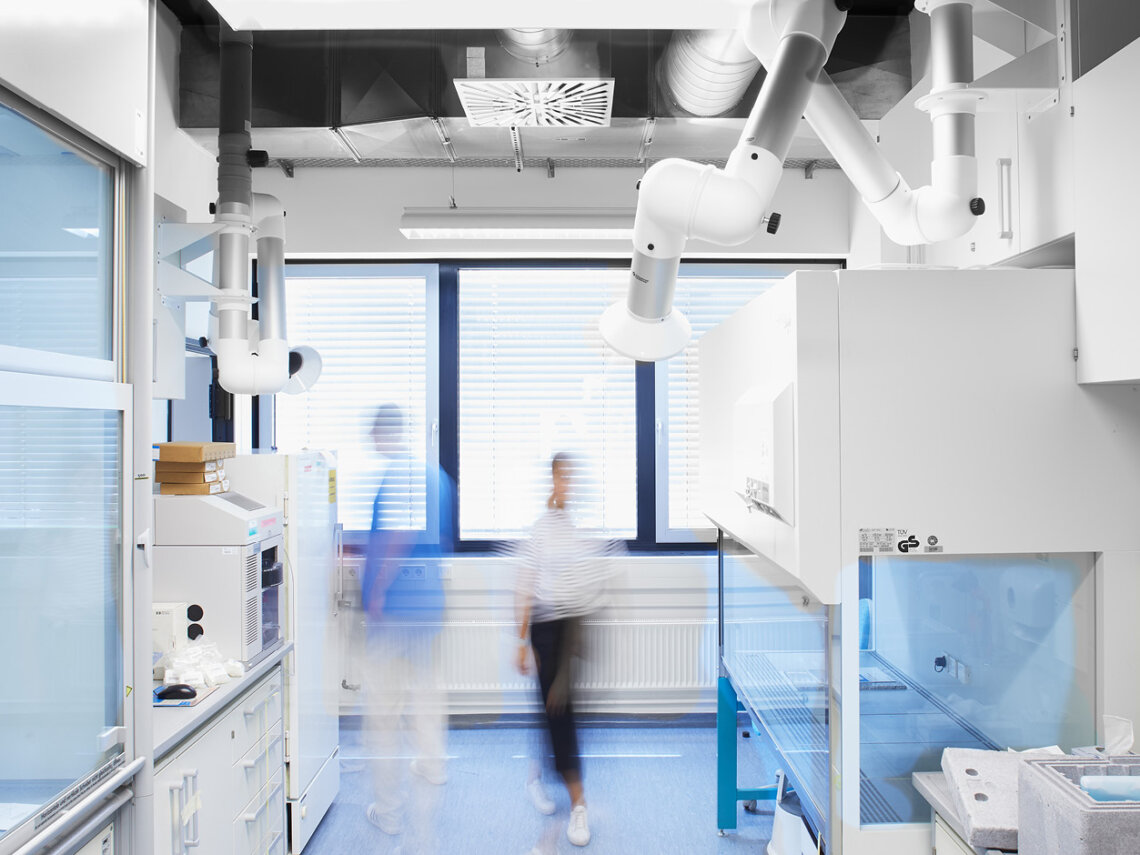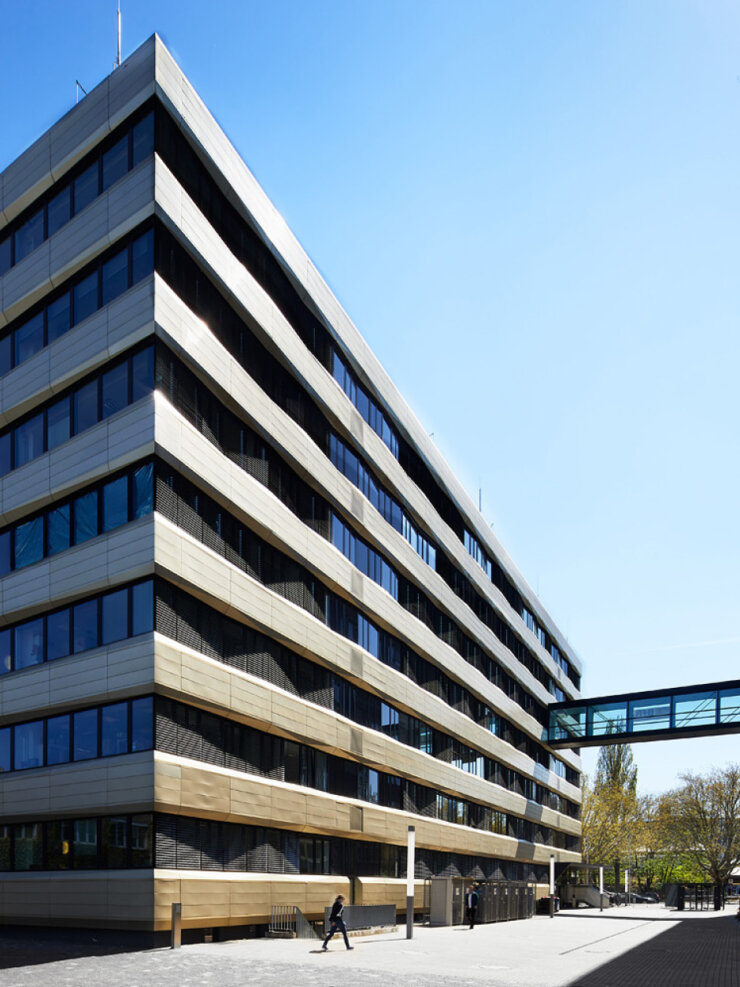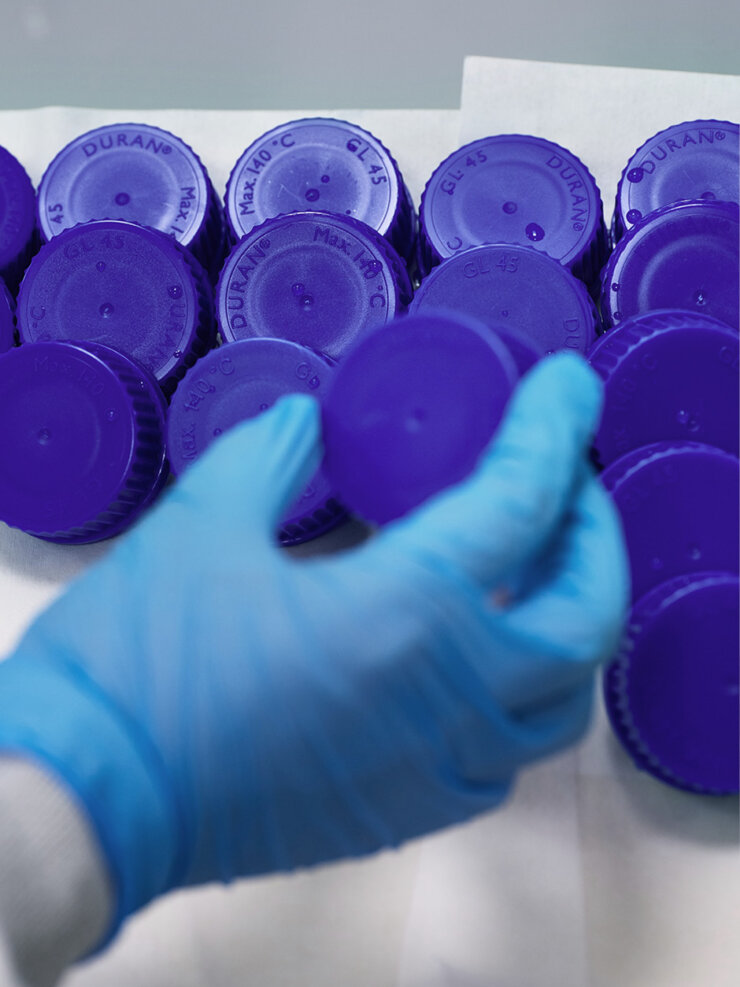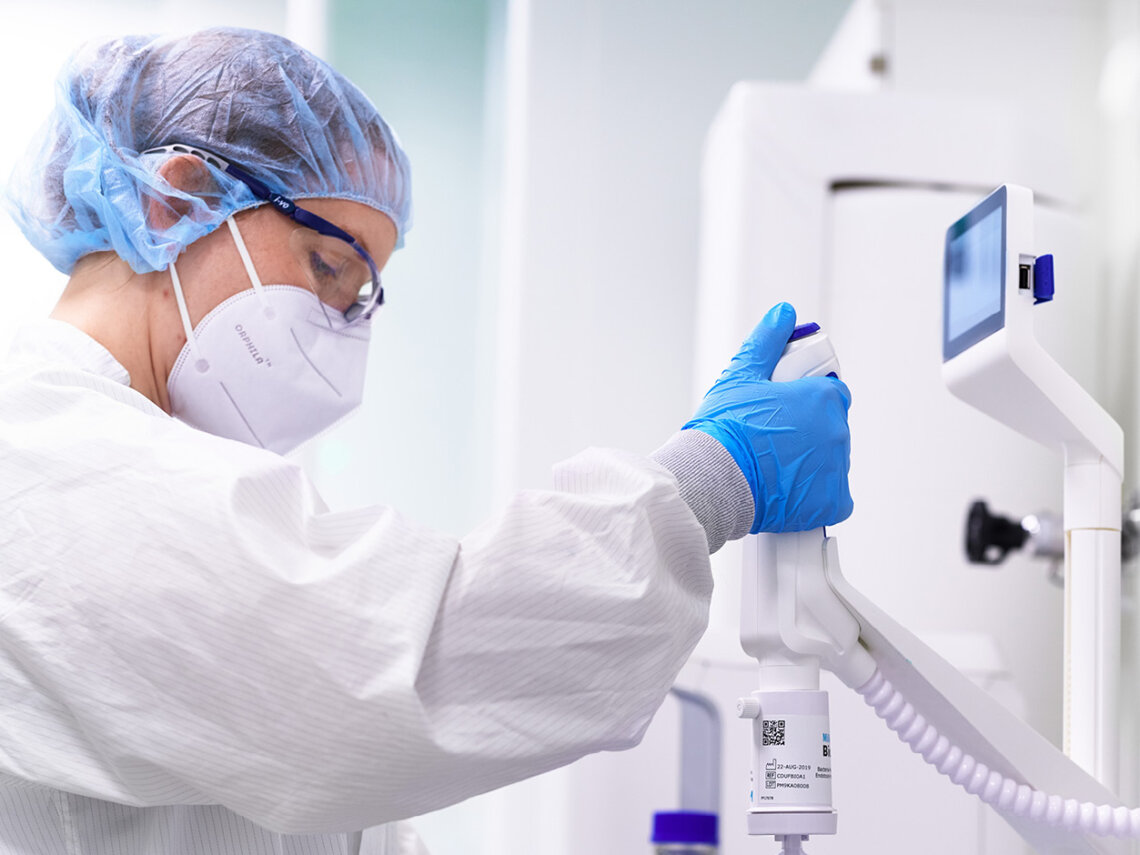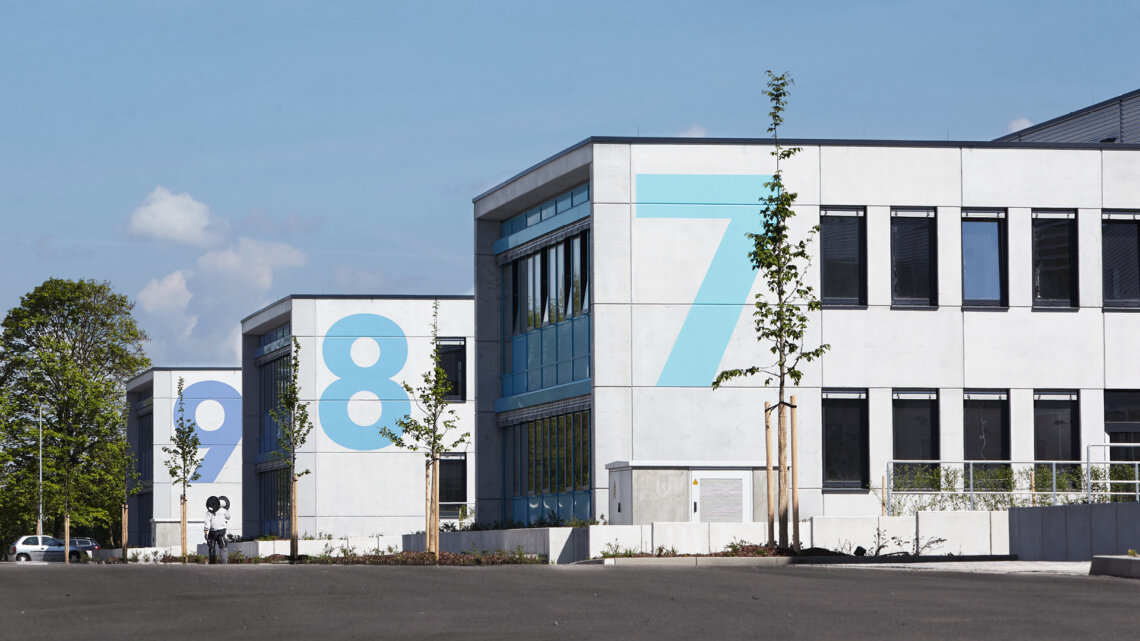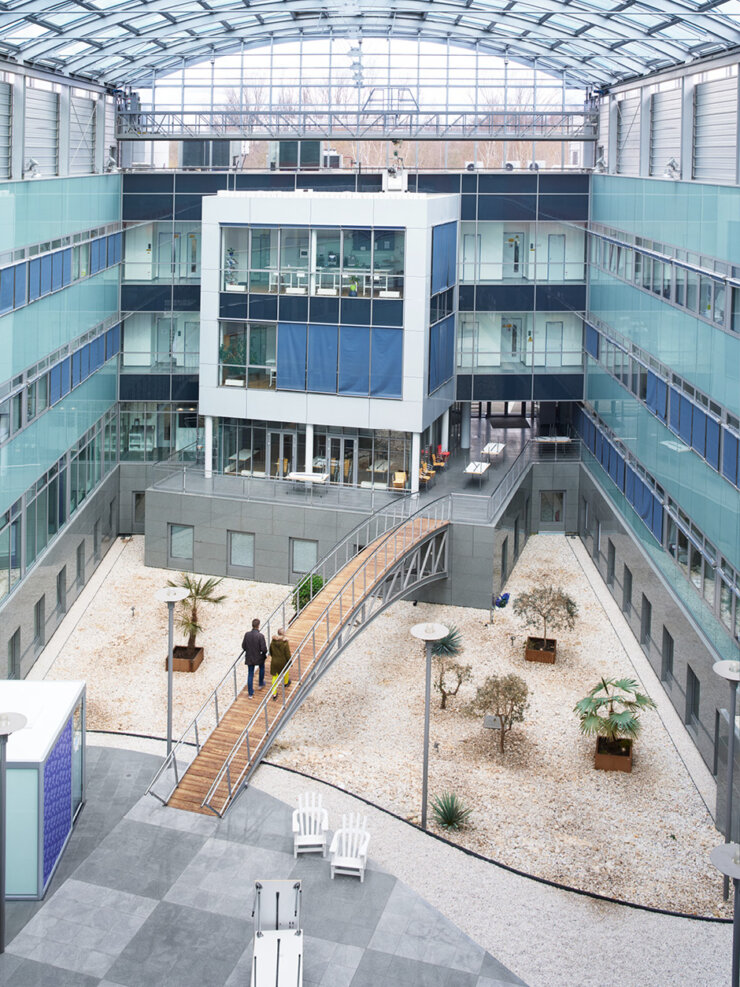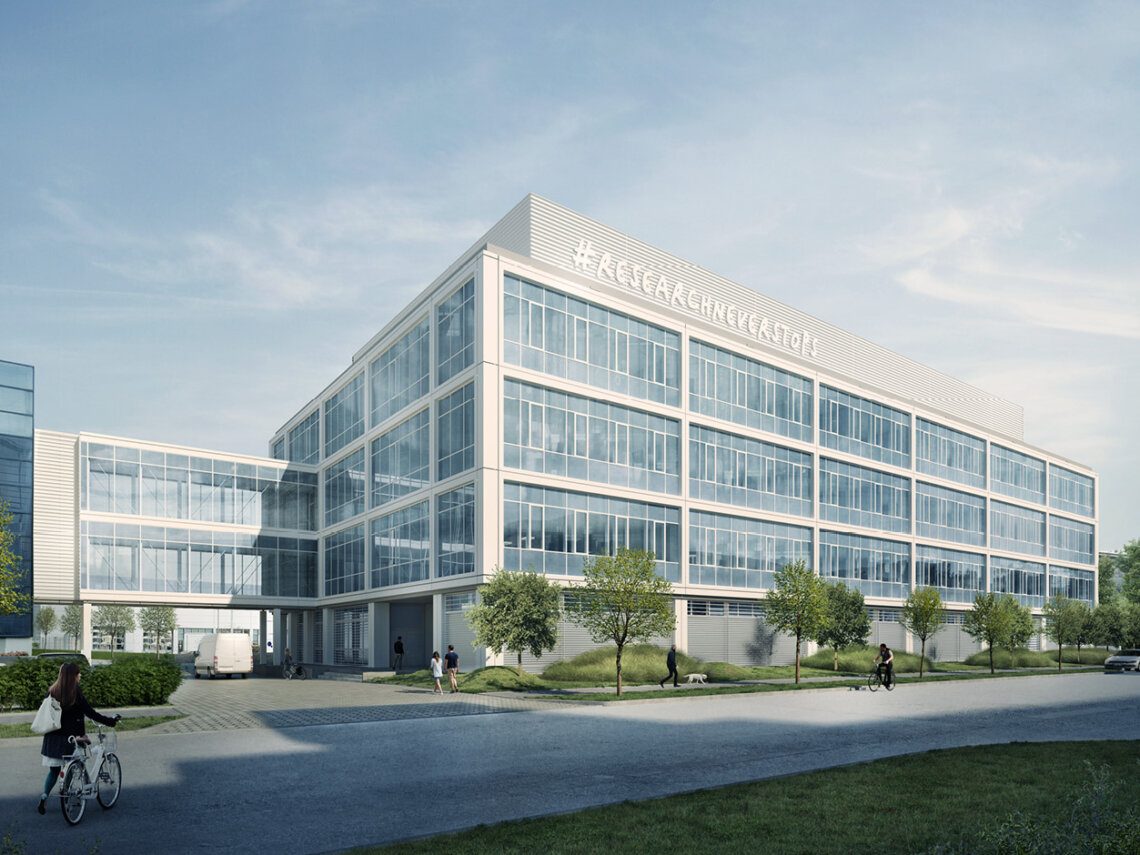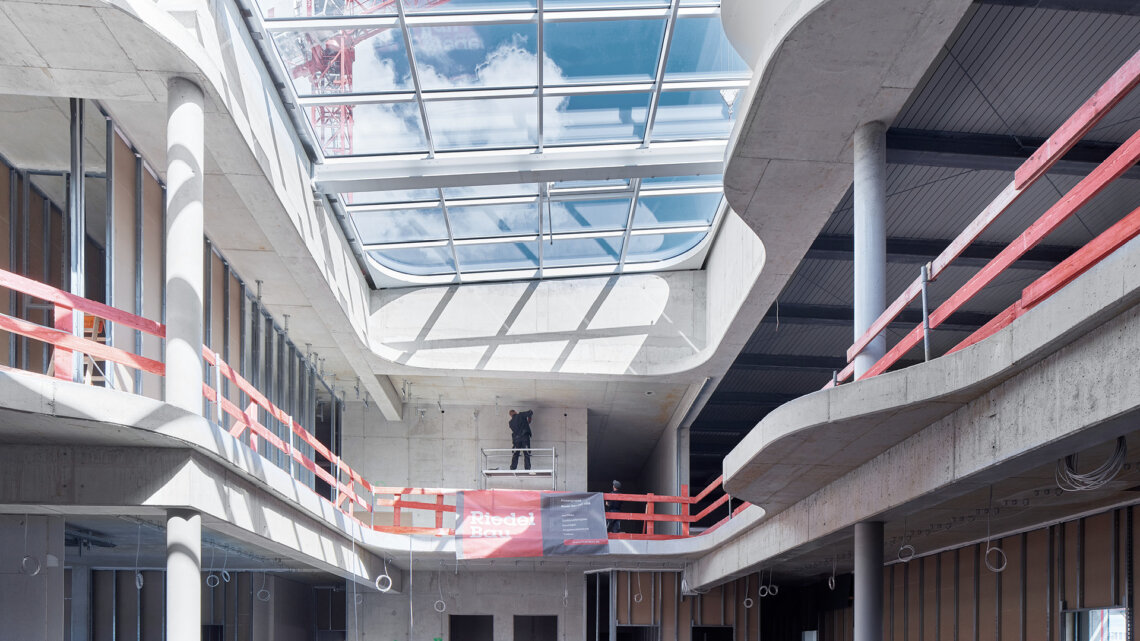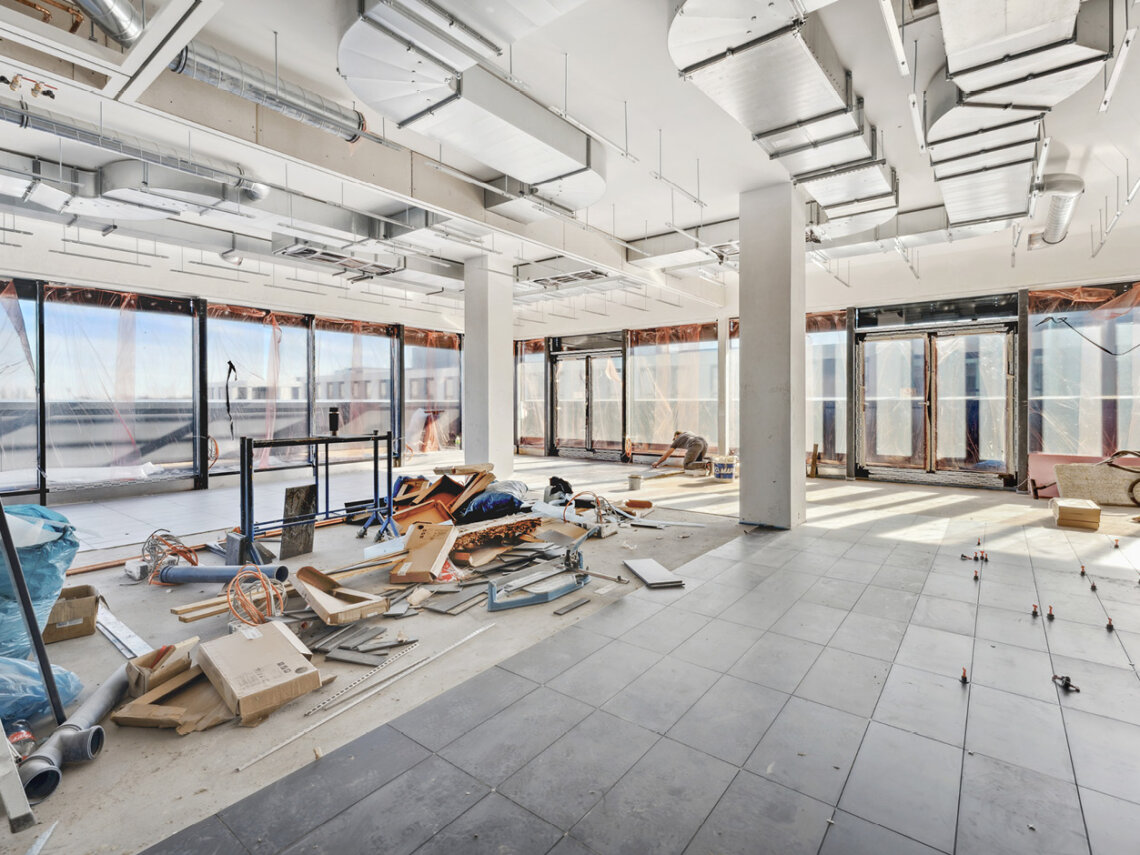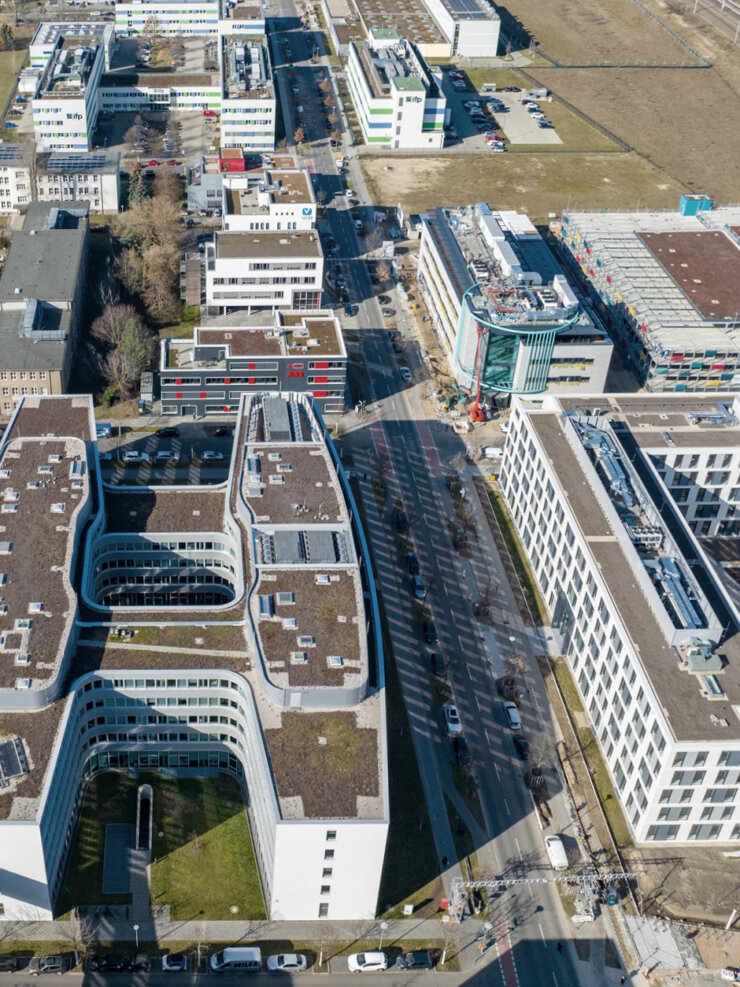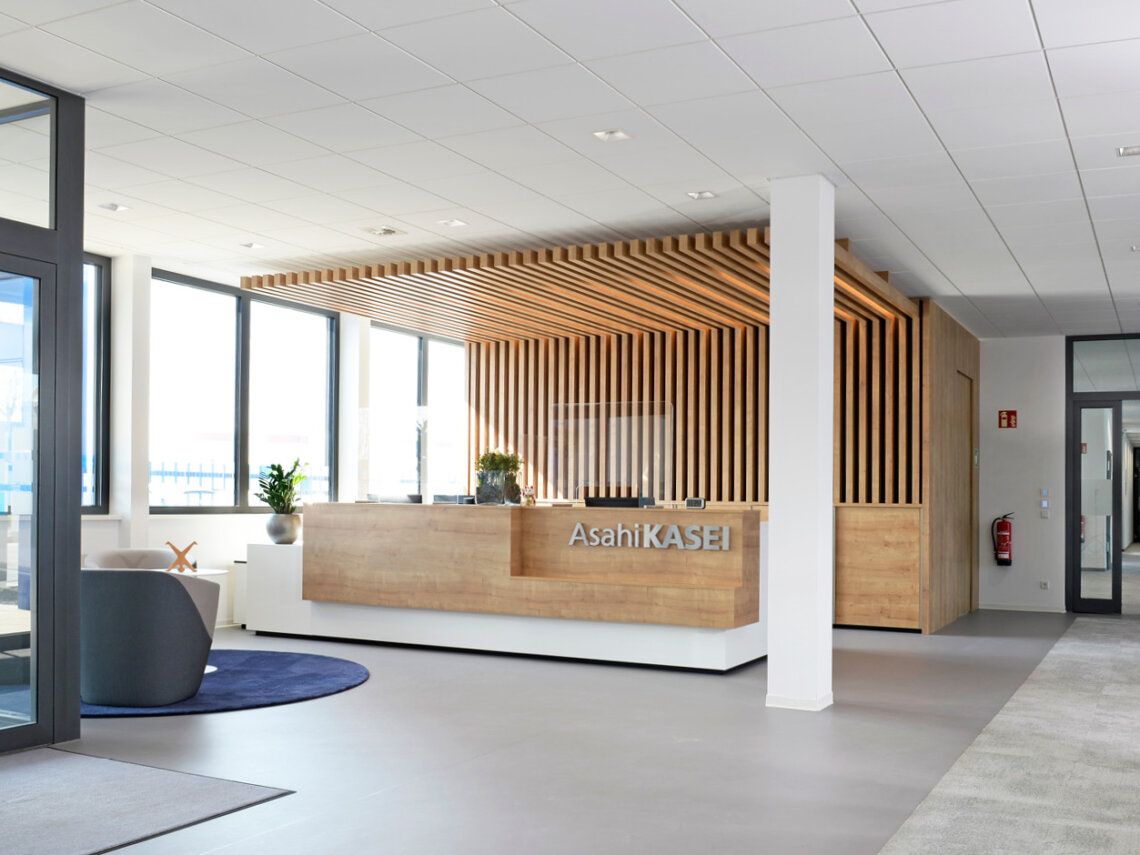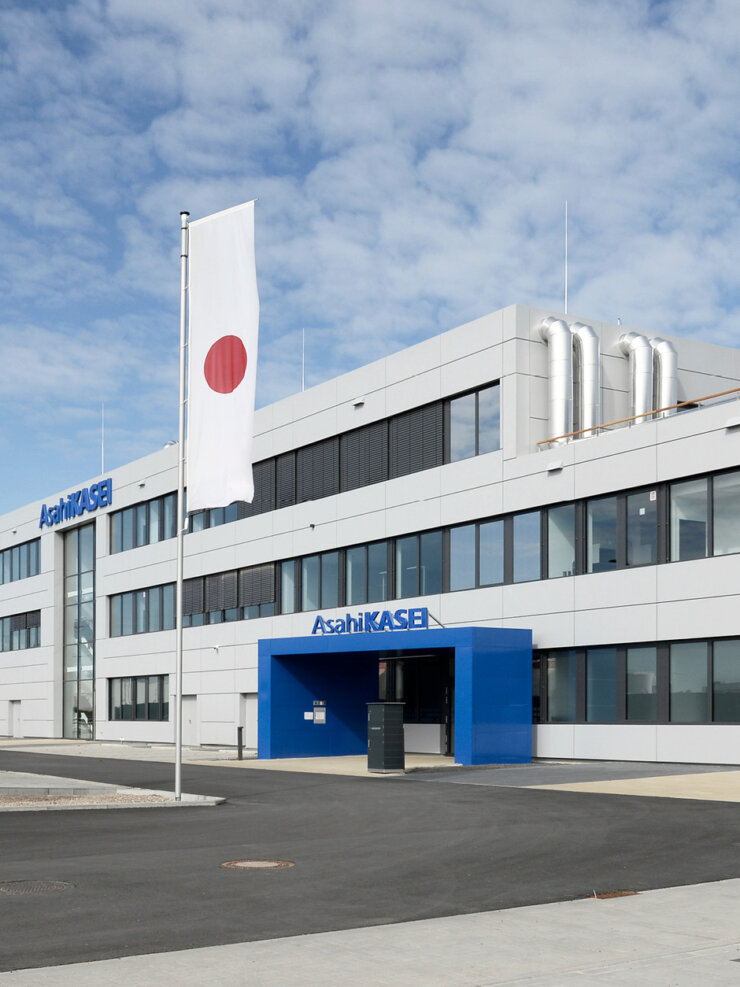From niche to trendsetter.
With BEOS as a future thinker.
Real estate that offers laboratory and research space fascinated us even before the term life science real estate had become as common as it is today. Pharmaceutical, medical and biotech companies were already valuable tenants and partners in our portfolio back in the mid-2000s. Thanks to our 17 years of industry experience, we have now successfully developed a large number of such spaces and let them on a long-term basis.
In recent years, life science real estate – in a market environment dominated by high interest rates and construction costs – has proven to be an independent, resilient and forward-looking asset class. The industry’s growth has been driven by medical, social and demographic developments as well as technological advances. In addition, life science companies made an important contribution to the fight against the coronavirus pandemic, which has further increased their visibility and social relevance. As such, life science real estate is very relevant when it comes to impact investing.
In a ranking published by consulting firm PwC in 2023, life science real estate ranked second in future-oriented use classes – ahead of data centres.¹ According to Colliers, take-up in Germany increased by around 70% to over 300 000 square metres in 2022 compared to 2018.² Although demand for space is not high compared to other asset classes, it is of great importance in the large value chain. As a result, real estate developers and investors have become a lot more interested in the asset class, particularly in recent months.
¹ https://www.pwc.de/de/real-estate/emerging-trends-in-real-estate.html
² https://www.colliers.de/presse/der-life-sciences-und-tech-immobilienmarkt-in-deutschland/
New working environments and real estate requirements in the life science sector
While life science as an asset class has yet to establish itself in Germany and prove to be investable, it has already gone through initial transformation processes. Because – like most other asset classes – it has had to adapt to new requirements: the trend towards “new work”, for example, has seen life science companies needing innovative room concepts. Cross-location and interdisciplinary collaboration, well-being and the linking of research and back offices require tailor-made space solutions that meet the highest demands.
These developments offer asset managers and project developers real opportunities. Established life science companies often have good credit ratings and tend to want to stay in the same location. This is on the one hand due to them having made large investments in technological equipment, and on the other hand, life science companies benefit from being close to other research facilities, such as institutes and universities, which makes them reluctant to leave established clusters.
These advantages go hand in hand with challenges that require specific expertise. Life science spaces have particular features and levels of complexity that limit the possibilities for them being re-used, so careful planning is essential. Here it is particularly important to talk to tenants at an early stage to discuss both parties’ mutual expectations – after all, unlike other asset classes, there are still no harmonised standards when it comes to the specific responsibilities of tenants and landlords. In light of these quite specific features of life science real estate, it is a good idea to follow a balanced investment approach with other complementary types of use in the area of corporate real estate.
In addition to the space requirements, asset and property management are also particularly demanding. Comprehensive maintenance and repairs are essential to ensure the properties can be used over the long term – all the pieces of the puzzle have to come together for everything to work. These requirements have always been an exciting challenge for us, and we have grown and continue to grow as managers. At the same time, this enables us to seize the unique opportunities offered by this asset class.
Conversion property or built-to-suit?
We are also particularly excited by the diversity of this asset class. The former single-tenant property of the cosmetics brand AVON, for example, has been transformed into the modern “NOVA Neufahrn” industrial park having undergone extensive revitalisation measures. The space, which was developed with the greatest possible flexibility in mind, enabled our biotech tenant ITM, which specialises in researching cancer therapies, to efficiently convert the space despite their highly specific requirements.
We have followed a completely different approach for our tenant Evotec, which researches and develops pharmaceutical agents, in the “Essener Bogen” in Hamburg. We developed a built-to-suit project there and are now expanding the campus with a new building to meet their individual requirements. It is essential that we cooperate closely with Evotec and all other stakeholders.
In addition, we want our properties have space that facilitates dialogue and cooperation amongst tenants. As with all the properties we have developed and managed, our aim is not only to offer the ideal conditions for the individual tenants, but also to form a community. Interdisciplinary exchange in particular is something that drives life science companies to be located in clusters. It can therefore be assumed that inner-city settlement will also increase. For this reason, at BEOS, we focus primarily on assets in clusters that have already been established.
Expansion and future prospects in the life science segment
Hamburg is a good example of a city where thriving life science clusters have been formed, including companies such as Evotec. Berlin has also become a hotspot for this industry. There, for example, we have expanded our portfolio by acquiring a new life science building in the Adlershof Technology Park. This transaction is one of three from the previous financial year – together with a mixed-use life science building in northern Munich and the C-View Offices in Düsseldorf. These three deals demonstrate the willingness of our investors to make investments in the sector. Our multi-use approach across the properties is not only ideal for expanding our life science portfolio, but also ensures that we can offer tailored solutions in this asset class.
Our ambitions in the life science sector
Current market opportunities are an indication of the long-term perspective and diverse opportunities offered by life science real estate. Together with the further expansion of our expertise in the area of Corporate Solutions, we are therefore aiming to further strengthen our position as an established life science developer in the DACH region. To this end, BEOS, together with Swiss Life Asset Managers, has to and will meet the ever-increasing market demand.
